Baetica was a breadbasket for the Romans. The Sierra Morena was rich in metals, the Guadalquivir valley was fertile and the coastal plains were ideal for salt production
By Nick Nutter | Updated 8 Mar 2022 | Andalucia | History |
Login to add to YOUR Favourites or Read Later
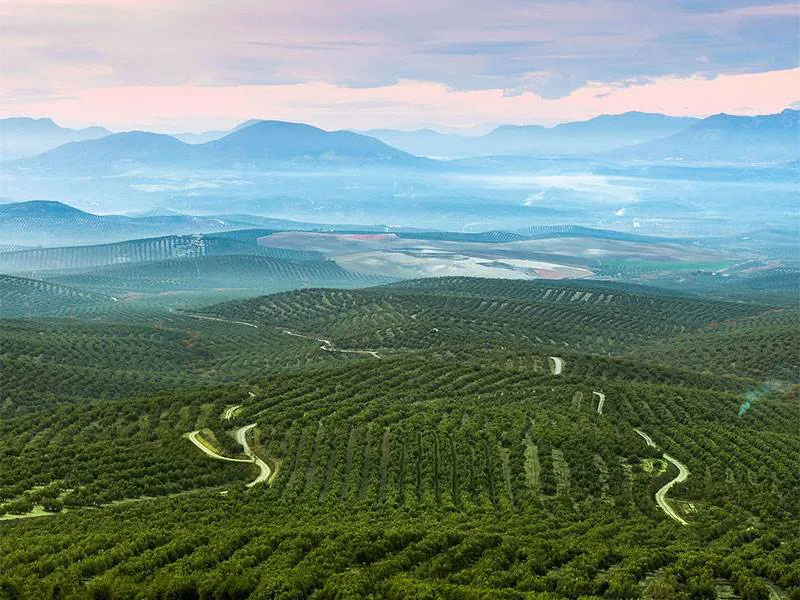
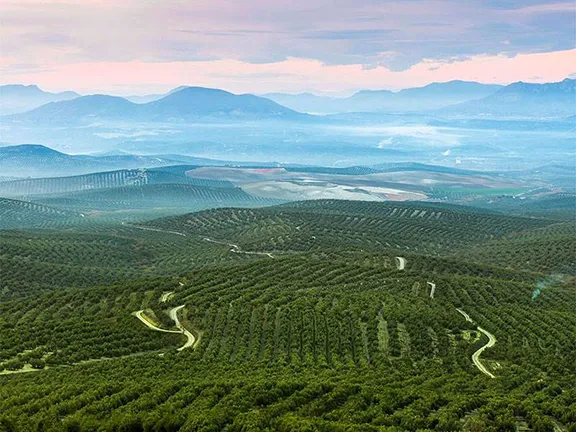
Olive Trees in Jaen province
The Roman expansion into Hispalis was motivated by greed. They needed metals, food and salt. They found all three in Baetica, the Roman province corresponding to Andalucia. Baetica was a breadbasket for the Romans. The Sierra Morena was rich in metals, the Guadalquivir valley was extensive and fertile and the coastal plains were ideal for salt production.
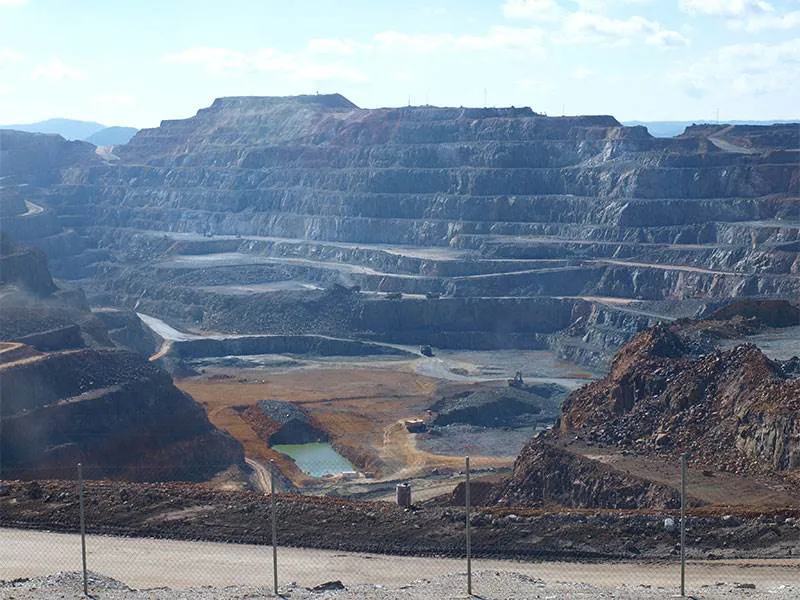
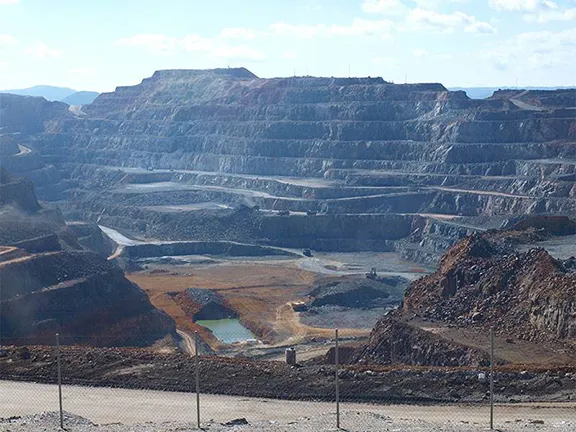
Colorada mine Rio Tinto
Evaporating seawater to produce salt is a technology that extends far back before even the Neolithic period. Salting meat and fish can be traced back almost as far. The Phoenicians refined the salt extraction process and the associated industry of salting fish. Often the two industries happened side by side. The Romans introduced a third, related, process, the manufacture of garum, a strong condiment made from the salted, fermented entrails of fish, particularly tuna, anchovies and mackerel, all readily available from the Mediterranean Sea and the Atlantic coast. Garum became a much prized, expensive commodity in Roman high society. Producing garum was such a smelly business that the fermentation bins, pits lined with cement, were located outside the town. Think ‘Patum Peperium’, or ‘Gentleman’s Relish’ with extra fish.
When the Romans arrived in Andalucia, they found several coastal sites with extensive salt pans built by the Phoenicians and were quick to continue exploiting them. Some are still in use today and the flooded remains of others are now sanctuaries for sea birds, ducks, geese, waders and the species that prey on them.
In the eastern part of Andalucia, in the Cabo de Gata, is ‘Las Salinas’. This vast area of salt pans still produces approximately 40,000 tons of salt per year. The area and industry was mentioned by the Latin poet, Avienus in his ‘Ora Maritime’. Avienus was writing in the 4th century AD and may have borrowed text from an earlier work, the 6th century BC ‘Massiliote Periplus’, an ancient sailing manual or pilot book.
Further west, at Sexi (Almuñecar), close to the castle, a fish salting, garum production facility has been excavated and is accessible to the public. In Málaga province, at Castillo de la Duquesa, an extensive fish salting, garum production factory has been unearthed. Currently (2019) it is not possible to view the remains, however, on the Atlantic coast, at Baelo Claudia, on the western edge of the urban area alongside the shoreline, is an area of fish salting pits. There is also a quay, alongside which the ships carrying the salt from the nearby pans of the Bay of Cádiz would have unloaded their cargo and taken on board the salted fish and garum for onward transportation into the Mediterranean.
Just to the south of Cádiz is a 5,500-hectare expanse of salt flats and just northeast of the city is another 10,500 hectares. Both areas are now protected and a paradise for bird watchers. The dykes surrounding the salt pans make excellent footpaths. When walking through the area notice the ancient system of sluice gates that controlled the levels of seawater in the pans. Salt is still produced commercially at Sancti Petri further south along the coast.
In Cádiz itself, excavations beneath a bingo hall revealed a fish processing plant. The excavators have taken great pains to reproduce the factory in miniature form and, for those interested, it is an excellent place to start learning about how the Romans produced salt. However, to experience how the Phoenicians and Romans used salt pans, sunshine and hydro technologies to extract salt from water, it is necessary to travel inland to Iptuci. Salinas Romanas Iptuci is located a couple of kilometres west of the small village of El Bosque, in Cádiz province.
For millennia, highly concentrated brine had emerged in a natural spring. It was noticed before the Phoenicians arrived and has been exploited ever since. As the name suggests, what you see today is how the Romans left it — wooden sluices between condensing pans built in the local stone. The current owners use wooden tools, identical to those used two thousand years ago and work the pans and harvest the salt just as the Romans would have worked them. Salinas Romanas Iptuci produces about 500 tons of salt each year. It is exported all over the world.
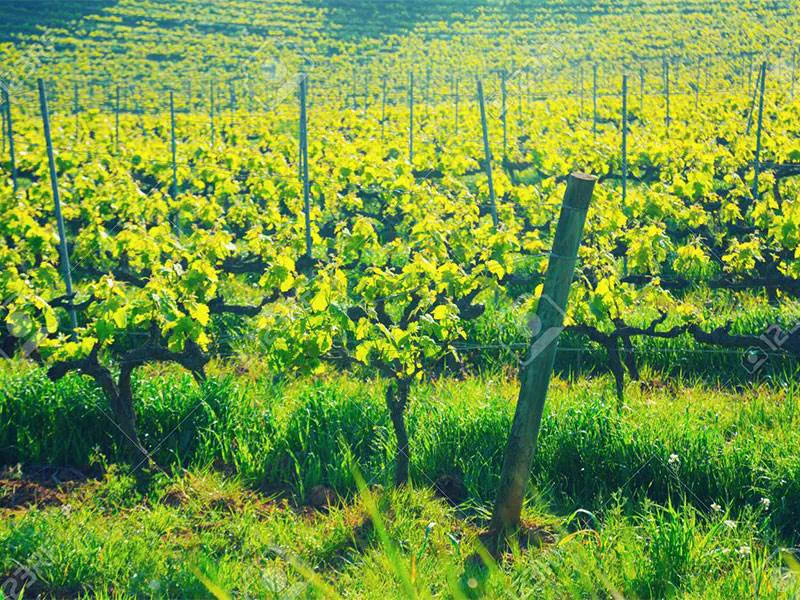
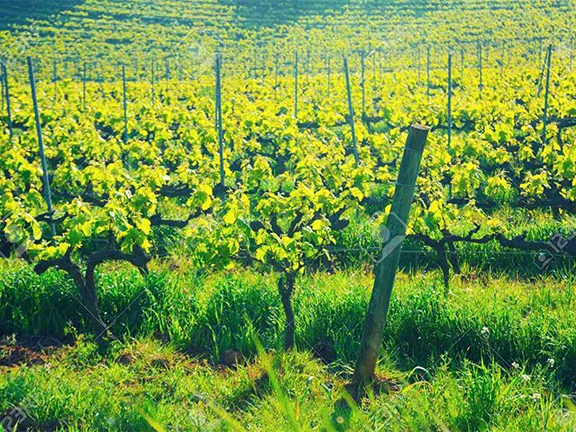
Grape vines Andalucia
Spain, in particular the area now known as Andalucia, was unique in the territories conquered by the Romans in that from their first arrival they physically occupied the land. Soldiers, as they were paid off after a campaign, elected to remain in Hispania rather than go back to Rome, particularly during the 1st Century BC when the political situation in Italy was anything but stable.
Roman strategy in Baetica, the Roman province that almost corresponds to Andalucia, had been partly dictated by the presence of the rich mines in the Sierra Morena. The Sierra Morena is a mountain chain that runs 450 kilometres west to east from Huelva province, through Seville and Córdoba, into Jaén province. Copper, iron, silver and lead can all be found in this metalliferous zone along with many other metallic minerals. The Sierra Morena acts as the northern barrier to the valley of the River Guadalquivir.
Before their occupation of Spain, Rome had been buying copper, gold and silver from Phoenician and Carthaginian traders who in turn were trading with the Tartessians in whose territory the mines were. Rome could be looked upon as a black hole as far as wealth was concerned. Rome’s population, or at least the prosperous ones, were reputed to be extravagant, flamboyant and idle, spending their days in pleasurable, depraved and expensive pursuits, each trying to outdo the others and spending vast amounts of money in the process. This depravity, particularly during the later part of the Roman period, is often cited as a significant cause of Rome’s demise. That may be correct but what undoubtedly happened is that Rome bled its territories dry through punitive taxes that in turn caused unrest amongst the native population. The mines would have been considered a great asset. How they were exploited is an education in the contrasting sides of Roman nature and the mining area of the Rio Tinto is a perfect example. The Corta Atalaya at Rio Tinto, is the largest open pit mine in Europe. It is 1,200 metres long, 900 metres wide and 350 metres deep. When the Romans started mining Corta Atalaya was a hill.
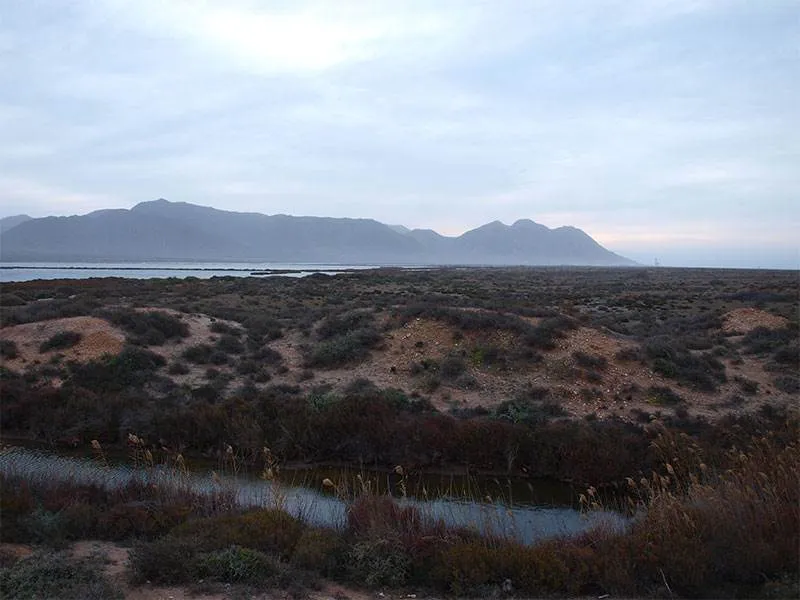
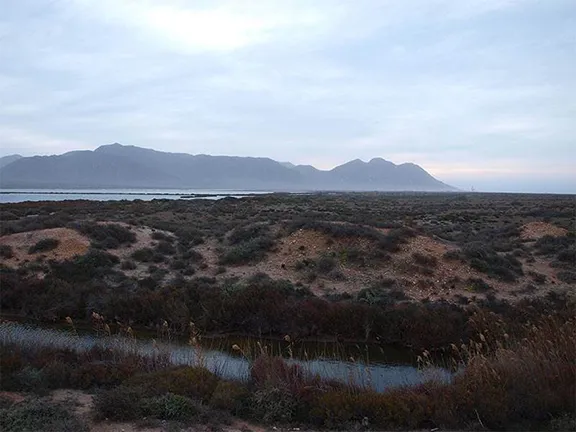
Salinas at Cabo de Gata
Native grapes date back to at least the Tertiary period (2.5 mya) and were first cultivated in Andalucia during the Bronze Age, long before the Phoenicians arrived with superior varieties of vine. By the time the Romans arrived winemaking was a significant activity. Baetica was known during Roman times as one of the largest wine-producing areas in Hispania, Tarraconensis (the Roman province east of Baetica) was the other. Most of the wine from Tarraconensis went to Rome where it was considered by connoisseurs of the day, including Pliny the Elder, to be a superior wine. A poet living during the time of Augustus had a less favourable view of one wine named, and from, Saguntum. He wrote “that it was only good for getting your mistress drunk”. Much of the wine from Baetica found its way to Gaul, and the soldiers guarding the borders of Empire in Britain and Germany. It is calculated that more wine from Baetica was exported to the Empire than came from Italy.
Although wine was produced all over the region, only one area can accurately be identified with the production and exportation of wine. That is the area surrounding Acinipo in Málaga province. Wine production started around 50 BC. We know it was important because bunches of grapes were engraved on coins of the period minted at Acinipo. Today the area is still known as ‘Ronda La Vieja’, Land of Wines and the Bodega F. Schatz produce a red wine called Acinipo.
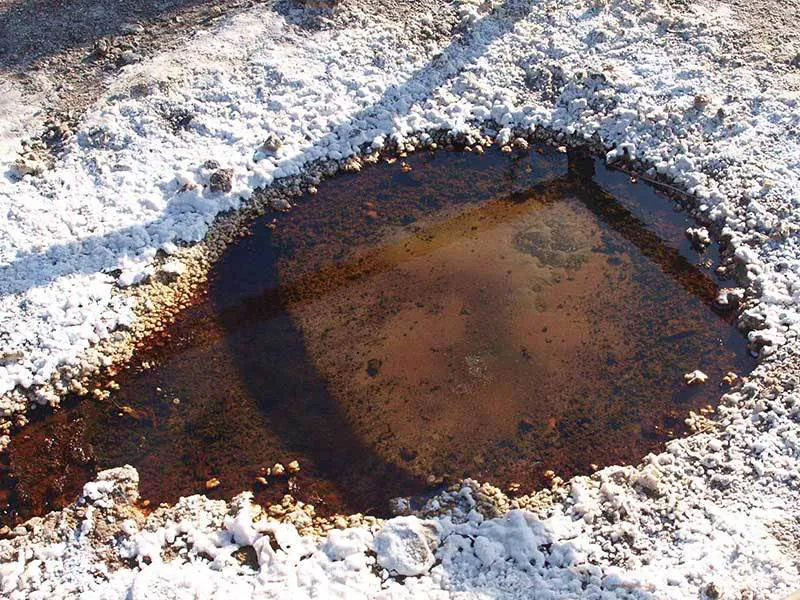
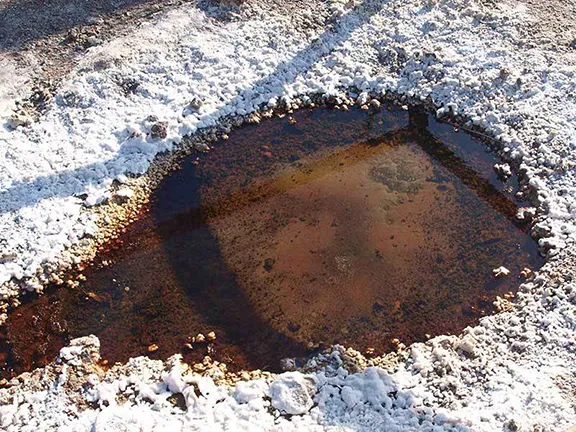
Salt spring at Iptuci
Olivo silvestre is the species of olive tree ubiquitous to the Mediterranean Basin, and it has been growing there since at least the Stone Age. The arrival of the domesticated olive tree in Spain is generally attributed to the Phoenicians. It was during the Roman period that olive oil was produced in quantity and exported throughout the Empire, particularly Rome, Britannia and Germania, in amphora manufactured in Spain. Baetica, with its poor, limestone soil, was a leading producer of oil, as it is today. No oil amphorae from anywhere other than Baetica have ever been found. The importance of the olive tree is shown on a coin that Hadrian had minted. It depicts an image of himself holding an olive branch under the word ‘Hispania’.
Today Jaen province is by far the largest producer of olive oil in Spain. It was the same during Roman times. The vast expanse of row after row of olive trees undulating to the horizon is a scene that would have been familiar to any Roman passing through Jaen.
Since olive trees are known to grow for over two thousand years, some of the old, gnarled, trees you see in Andalucia may have been planted in Roman times. As Pliny the Elder said, there are two liquids that are agreeable to the human body, 'for the interior is wine and for the exterior is oil'.
In 2019, an olive press, reputed to be the oldest so far found in the Costa del Sol, was found at Finca de Acebo, near Fuengirola, a Roman villa that is still being excavated.